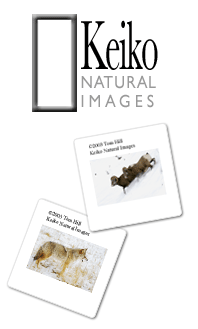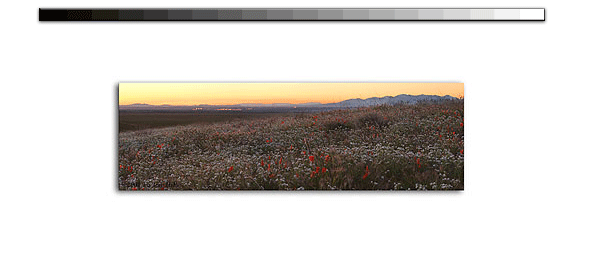path and us the arch to frame other objects--Mt Whitney in this case--I simply set out to take advantage of an arch's most obvious feature. Oh btw, this image and perspective has been extensively published and duplicated by other experienced and popular photographers. I think it's safe to say this is the ubiquitious perspective.
Taken a year later, Fig 2 shows my perspective of this arch maturing a bit. Instead of seeking the obvious perspective of using the arch to simply frame something else, I expanded my field of view to include more of the surrounding terrain to give the viewer a sense of where this arch resides and how it fits within its environment. My vision was to reduce the impact of the arch by pulling a bit away--reduces the size of the arch--while increasing the field of view. Clearly the arch is the subject of this image but by expanding the field of view, I've given the viewer more "location" to their experience of the arch. It has become more "environmental".
Not 30 feet away from the big arch of Figs 1 & 2 is a much smaller one where you can use perspective to fool the observer of its actual size. The opening is only three feet wide which belies the impression in Fig 3 you can drive your car through the opening. On the other had, Fig 4 includes elements that give the viewer something to anchor the arch's size. In Fig 4's case, the plant gives away the idea that the arch is tens of feet wide. Essentially, just by moving back a bit and including more of the surrounding rocks I changed the feel of scene but only changed my perspective about a foot.
As before with Figures 1 & 2, I've matured the image by including more "location" to the image. For my tastes, I prefer Figures 2 & 4 because of their more "environmental" nature. I like the idea of including complimenting elements in my landscape photographs to give the viewer more things to look at. I think this provides a sense of location and by giving them a "road map" for their eyes to follow with interesting things to look at. Overall, the image becomes more compelling. Don't get me wrong, the most important aspects of Figures 1 & 3 are the arches themselves which I fully exploit. But, images that depend on single features to provide the interest tend to make those images a bit shallow.
Now the challenge becomes making the image interesting enough without adding elements or ingredients that detract from the basic message you're trying to get across. That's where being very familiar with a special location becomes very valuable. Only after looking at a location through dozens and dozens of perspectives can you begin to see the subtle but critical elements of a location. In other words, mostly through experience can one become intimate with a shooting location. Only then can one capture intimate images of the location, to make images that aren't shallow.




